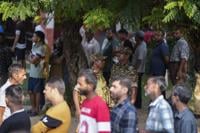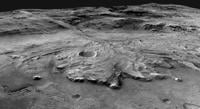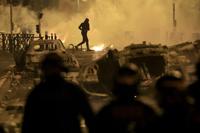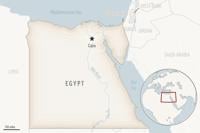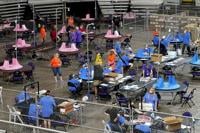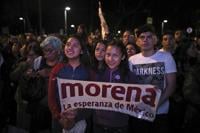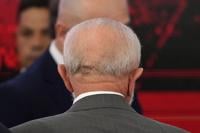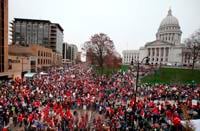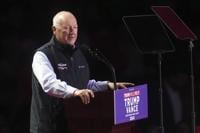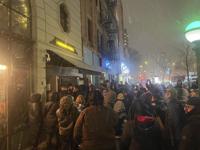SRINAGAR, India (AP) — Votes were being counted Tuesday in the recent election for a largely powerless local government in Indian-controlled Kashmir, the first since Indian Prime Minister Narendra Modi’s government stripped the disputed region of its special status five years ago.
Thousands of additional police and paramilitary soldiers patrolled roads and guarded 28 counting centers as officials tallied votes. A final result was expected to be declared later Tuesday by the region’s electoral office.
Nearly 8.9 million people were eligible to vote in the election, which began on and . The overall turnout was 64% across the three phases, according to official data.
It was the first such vote in a decade and the first since Modi’s Hindu nationalist government in 2019.
The into two centrally governed union territories, Ladakh and Jammu-Kashmir. Both are ruled directly by New Delhi through its appointed administrators along with unelected bureaucrats and security setup. The move — which largely — was mostly opposed in Kashmir as an assault on its identity and autonomy amid fears that it would pave the way for .
The with civil liberties curbed and media gagged.
India and Pakistan each administer a part of Kashmir, but both claim the territory in its entirety. The nuclear-armed rivals have fought two of their three wars over the territory since they gained independence from British colonial rule in 1947.
Early results indicated that the regional ���ϳԹ��� Conference party was poised to win the most seats followed by Modi’s Hindu nationalist Bharatiya Janata Party, as exit polls by major television channels the last two days had projected. Such a mandate is likely to be seen as a referendum against Modi's 2019 move.
The ���ϳԹ��� Conference fought the election in alliance with India’s main opposition Congress party.
Their coalition may still need support to form the government. That is likely to come from the Peoples Democratic Party, another Kashmiri group. Five seats are appointed and 90 elected, so a party or coalition would need at least 48 of the 95 total seats to form a government.
Meanwhile, Modi’s BJP is locked in a tough contest with the Congress party in the northern state of Haryana, bordering New Delhi, which it has ruled for 10 years.
The BJP was leading in 48 constituencies in the 90-member state legislature, according to the Election Commission of India. It appeared to be heading for a third-straight term in the state. The Congress party was leading in 37 constituencies and the results are expected later Tuesday.
The voting trend in Haryana state is a surprise since most exit polls had predicted an easy victory for the Congress party.
The vote will allow Kashmir to have its own truncated government and a regional legislature, called an assembly, rather than being directly under New Delhi’s rule.
However, there will be a as Kashmir will remain a “union territory” — directly controlled by the federal government — with India’s Parliament as its main legislator. Kashmir’s statehood must be restored for the new government to have powers similar to other states of India.
The region’s last assembly election was held in 2014, after which the BJP for the first time ruled in a coalition with the local Peoples Democratic Party. But , after the BJP withdrew from the coalition.
Polls in the past have been marked with violence, boycotts and vote-rigging, even though India called them a victory over separatism.
Militants in the Indian-controlled portion of Kashmir have been fighting New Delhi’s rule since 1989. Many Muslim Kashmiris support the rebels’ goal of uniting the territory, either under Pakistani rule or as an independent country.
India insists the Kashmir militancy is Pakistan-sponsored terrorism. Pakistan denies the charge, and many Kashmiris consider it a legitimate freedom struggle. Tens of thousands of civilians, rebels and government forces have been killed in the conflict.
___
This version has corrected that there are 95 seats, 90 of them elected and five appointed, and 48 would be a majority.
___
Follow AP's Asia-Pacific coverage at


